Portfolio Night 2022: Humming with creativity and talent
On June 2, 2022, fifty-five new creative minds presented their works before a judging panel of the industry's greatest creative minds at the One Club for Creativity's in-person Portfolio Night 2022 in Mumbai.
Three Omnicom agencies — DDB Mudra Group, BBDO India, and TBWA India — co-hosted the event in Mumbai's Mudra House. The panel of seventeen creative professionals from Indian advertising led the fast-paced evening of advice, networking, and recruiting opportunities for young creative talents.
Click here to attend IMAGEXX 2022
Josy Paul, Chairman of BBDO India, delivered the introductory remarks. This was followed by a three-hour intensive portfolio evaluation session.
AdGully spoke to the jury members for their feedback on the creative minds who presented their ideas.
This is what they have to say:
Josy Paul said: "You could feel the shared excitement and expectation in the fast-paced face-to-face conversations." We had all left something to pursue something we were passionate about, our artistic calling. And you could sense the joy and love in the room. I wasn't searching for job in advertising. Anything might happen. Any kind of expression is acceptable. You didn't want people like us. There has to be some x-factor, some threat that has a revolutionary influence. I was searching for the person in the portfolio and was delighted to meet so many young people with a distinct voice and point of view. Portfolio Night was a torrent of creative energy."
Rajdeepak das, Chief Creative Officer, Leo Burnett, commenting on the work presented on the portfolio night, said: "Some people have done amazingly good work. I wish I was smart like them when I was growing up or had more confidence like them while growing up. The sad part is, in some places, people are told what to do and what not to do; I told the kids there is no way to know what is right and what is wrong if you don’t try and failed yourself. The best part is you are working with the best people here, talking with the best people in the industry. In fact, the world’s best in India are here in this room and all of them are young people. The next-generation industry leaders are here and we are seeing them, it’s the best thing that can happen. The second thing is after a long time something has gotten everyone together and that is why, you can see the happiness that is happening because of that. When it comes to young talent, I think everyone is selfless to just give it to them; this is for the next generation, what the next ten years is going to fill the industry is going to be defined by the people here."
In the post-pandemic landscape, as to how can creative advertisers rise the bar for brand communication, he said: "For advertisers, empathy plays a massive role. More than that, there is no bullshit now anymore, no more thinking about what the next four-five years are going to be, etc. If we survive the next six months, we will survive in the long term. Business is going down; we have seen businesses like automobile and hospitality going down; but the medical is coming up. Again in the post-pandemic period, hospitality business has popped up like anything, like literally revenge holidays and revenge purchases are happening. The next six months are good enough. If we survive in the next three months and make the brands thrive. That's the biggest learning for the unicorns."
On where does he sees Indian advertising headed in the next five years and what are the emerging trends that will dominate in the next few years, he stated: "It is amazing to see new leaders emerging very fast and that’s the biggest thing for us. There are a lot of young talents and young leaders emerging and the way they see the world is very different. Advertising is very different from what it was 15-20 years back. There was a gap a couple of years back before the pandemic. The pandemic has actually removed a lot of those taboos and suddenly got the new emerging leaders coming up. With that, that trend is going to change. Recently, we worked on Oreo & Netflix, the merges that are happening or what we are doing for Whisper, again we are changing the brand, we are changing the NCERT book, or with MPL where we created the design with Indian team jersey where you can scan it and see what are the billion sound that are happening or getting the 175 run back that was missing in history and getting Airtel to recreate that history. If you look at the kind of work we are doing, that shows what the future is going to be. The future is going to be storytelling but not just storytelling. Storytelling with data, storytelling with technology, and storytelling with design in it and its going to be seen. Storytelling that has to be now, that is live on my phone, and that’s going to be the future."
Parixit Bhattacharya, Chief Creative Officer, TBWA India, on the content shown during the portfolio night, said: "The work was fresh and surprising, in a sense that I out of the nine people that I met, three asked me whether I want to see stuff they do for themselves or stuff that they have done for their book. So work or personal is the first question they asked; and it was amazing to encounter that question. The second was that a lot of people said that they want to learn the ropes of making a brand so that they can create a brand of their own in the future, which is also amazing. Some of them are like content creators on their own. These are things that I at least have not encountered as a reviewer at a portfolio night before."
In the post-pandemic landscape, as to how can creative advertisers rise the bar for brand communication, said: "Those who are present will win for sure, and those who are able to communicate and empathize with the mood that one needs to be in at these times, to be positively disposed towards what's happening and therefore will be able to pivot and capitalize on the crisis or opportunity that comes once in a life time.
On where does he see the advertising industry in India shaping up for the next five years, he said: "I don't know if there is an answer for what we should be doing or trends to succeed in the next five years, because honestly, if you can see the next six months clearly, that's an advantage. For the Indian advertising industry, the wheel is still in spin. We are all kind of figuring it out, things morph, and change, and new patterns will emerge, but one thing is for sure that, ability to experiment deeply is going to be an advantage."
Rahul Mathew, Executive Creative Director, DDB Mudra Group, on his observations about the work displayed in the portfolio night, said: "It's incredible at this age to have such confidence, to sit in front of not the creative director, but the creative heads of agencies, and present their point of view, even if they were just putting up a facade or performance. In the last few years, people have expressed in a creative manner, whether it's in a creative solution, or whether it's in just a pure creative expression of their emotion."
On creative advertisers raising the bar for brand communication, he commented: "Nothing has changed in terms of how you will raise the bar for brand communication. We have a philosophy which is ‘unexpected works’ and what it really means is that the more you do something that is not expected, it works better and disproportionately for brands. Gone is the time to be doing more of the same; you need to push your creativity to start creating unexpected solutions, unexpected conversations, and unexpected expressions, so that it does the work."
How does he see the advertising industry in India shaping up over the next five years, he stated: "We're slowly getting more confident with our voice progressively. There is an Indian expression, which is not shying away and is also able to stand tall with work from around the world. I'm hoping that's the way we are going and we stay in that direction and stay the course. ‘Trends’ is a scary word; it is like we are trying to find a formula and the advertising industry doesn’t have any formulas to apply. I am hoping we don’t formalize ourselves into doing more of what is not fresh, because unexpected is not a trend, it is breaking a trend."
Russell Barrett, CCO & CEO at BBH India + Publicis India, said: "Tonight was a mixed bag. The good part was all of them were confident, well-packaged and had a strong point of view. But confidence is not going to hold them in great stead going forward. Except for two or three exceptional work, they weren’t outstanding as I had hoped. I did see a few portfolios that were fresh, exciting, and, but still raw, and that's perfectly fine. Nobody expects to see perfect work from at this stage. But a large number of portfolios were not good enough."
On advertisers rising bar for the brand communication in the post-pandemic landscape, he commented: “Whether it's the pandemic or normal, the challenges stay the same. We had similar challenges in the past, before the pandemic, and the pandemic has just hastened things that would have taken time to come through like the infusion of data, which is a great opportunity for creative. This is really a great opportunity for us going forward, bringing data, tech, and innovation into the work that we do. Right now, clients are looking for solutions, especially out-of-box ideas that will give results. It’s a giant opportunity for the creative fraternity to match those ambitions.”
About the Indian advertising industry heading towards in the next few years, he said: “I’ve never been a big fan of predicting trends only because it's been so unpredictable. But the Indian advertising industry is in the midst of a creative revolution and that revolution has been brought about through technology. It's probably the most exciting time to be a creative person in any fraternity in any creative industry in India today because the access to audience is multiplying. Now is the most exciting time to be in the advertising industry because of what technology and internet is doing to the landscape.”
Tista Sen, Regional Creative Director, Wunderman Thompson, on her views and observations on the kind of work presented, said: "The first big observation is that there are no writers and everybody is gravitating more towards design, art, typography, product design, etc. I literally met one writer and I’m a writer. In this industry, it is always about the writer, and the whole thing is shifting so much into visual interpretation and visual ads. That’s a big shift I have observed. I have seen it first-hand."
On creative advertisers raising the bar for brand communication post-pandemic era, she said: "I think we have been grappling with it even during the pre-pandemic times, and why it got more pronounced post-pandemic is that marketers and clients are worried and given the state of the economy, there is a lot of pressure for them. They have their own marketing budget, etc. But I think the need of the hour is all the more to do brave, bold and distinct work and I think marketers are nearing towards being safe and taking the path of least resistance. Only when you have IPL or something, you get to see interesting bits of work. Brand work in terms of something big and bold is something we need."
"There is a huge emphasis on product and there is a lot of interesting stuff happening when it comes to product designing which is pretty new in India actually. Whereas abroad, in terms of sustainability or disability, brands are somehow conscious from product perspective, in terms of materializing. They are talking to marginalized communities and I’m seeing a thrust of that. Brands have a conscience, and not just in terms of purpose advertising, but also in terms of repurposing a product and I think it starts from there. Communication can always have purpose. But if your product is standing for sustainability in terms of the packaging, no plastic, I think that’s where the world is moving towards. It’s quite interesting and it’s quite a lot of fun," she added.
Pallavi Chakravarti, Creative Head – West, DDB Mudra Group, commenting on the works, said: "Some of the works were just stunning and some of it, I felt, is misplaced. There were two streams: those who were misfits, which is bound to happen, and others who had exceptional pieces, right for their levels. The work was presented on the Portfolio Night with great confidence, even when the kids were nervous. They were nervous because of the fact that they were sitting in front of strangers. The confidence with which they carry themselves, even if they're nervous, they lose it along the way. But I saw many of them who sat down and confessed they were nervous but they believe in what they were doing. In some we even saw the spark; in total, I must say they were a passionate bunch."
About the advertisers raising their bar for brand communication in the post-pandemic era, she said: “As an agency, our priorities are the same what we had before COVID. Brand needs love not just by the communicators but by the people too, so brand communication is as important today as it was prior to COVID. In fact, after the pandemic, they need more love because if the economy is to recover, and if the nation has to get back to where we used to be. But the reality is that people need to start loving brands again. There was no room for this kind of conversation for a couple of years; there were far more pressing things on the horizon. But today, I think, the whole industry together has to start helping the recovery.”
On the advertising industry’s growth as the country undergoes recovery, she added: “I think the trend today that's stronger than ever before is that people have problems, and they need to be solved. There are pressing business concerns. There have always been pressing business concerns, but today those concerns are, in my opinion, more glaring. There are genuine hurdles that brands need to cross and they cannot do it without the right communication and the right touch points. We need to work together with brands to anticipate the problems and to understand why consumers are behaving the way they're behaving. The market is going to be a lot more competitive because more people are going to jump into the game. There's going to be a lot of new categories coming in.”
Hemant Shringy, Chief Creative Officer, BBDO India, on the work presented on the portfolio night, said: "I think it's always tricky because you can be brutal enough to say in judging work in some awards. But these are kids; they really don't know. Some kids surprise you with the kind of maturity they have and some surprise you with the kind of talent they have and some of them are lost. In a way, it's a good opportunity for them also to get a point of view from people who have probably done this for a longer period of time. You've got to be sensitive towards their experience, be honest with what you see, and feel the responsibility of giving some direction."
Commenting on how advertisers raising the bar for brand communication, he said: “Pre-pandemic or post-pandemic, everyone's real role was to raise the bar of work and that's happening, especially considering the newer kids who are coming and speaking in the context of portfolio night. The exposure to great work that happens around the world helps people understand what's going on. It helps set the standard and then break the bar anyway. Awareness is the starting point. The other thing is that advertising goes through trends, and by trends, I don't mean it in a fad sort of a manner; it reacts to what's happening in the world. It changes from time to time; it has moved from creative to emotional and now, insightful to audacious. Now when you see the work that happens around the world, that one that stands got some amount of audacity, it brings out boldness not for the sake of just controversy, but for the sake of making a bigger point, which no one made so far.”
"Indian advertising is doing fairly well not just in the post-pandemic world, but even in the pandemic world. Constraints help you judge the elasticity of your creativity in a way. When times are grey, you will do great work. But when times are not so good, chances are you probably do even better. The tussle, though, is between safe work that will do decently and audacious work that will do amazingly well,” he added.






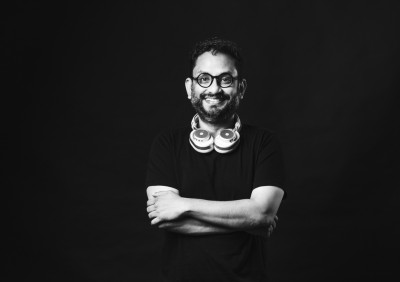
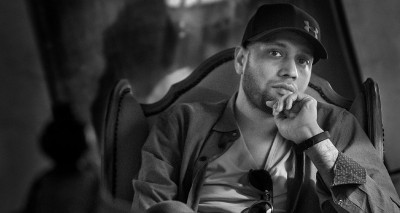

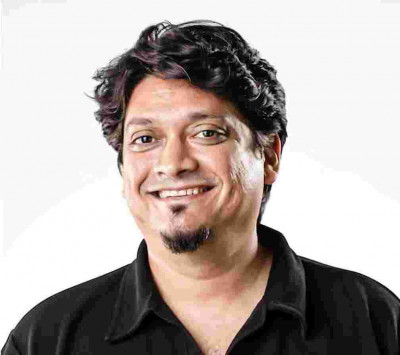

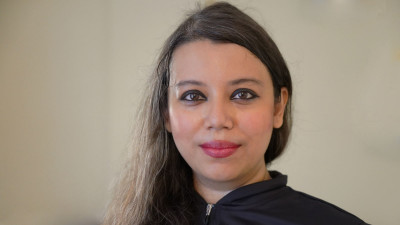
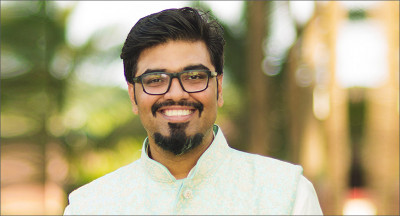
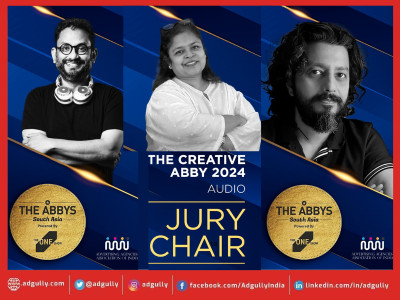
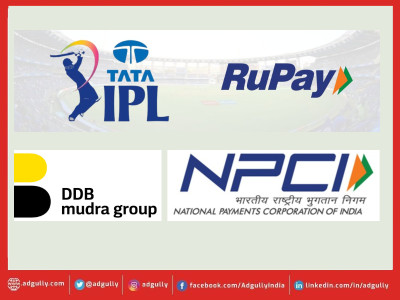



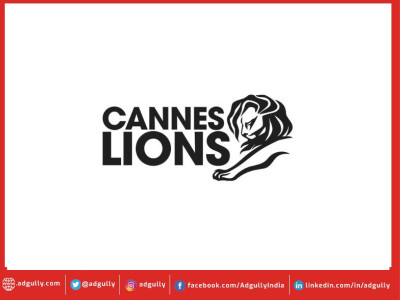
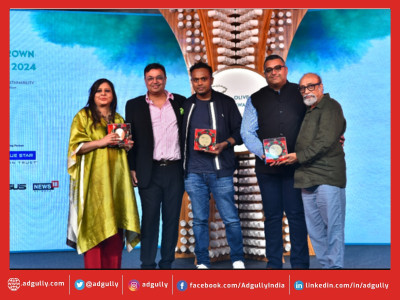
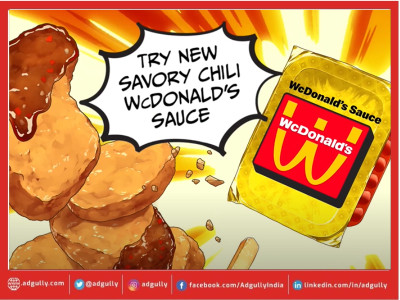
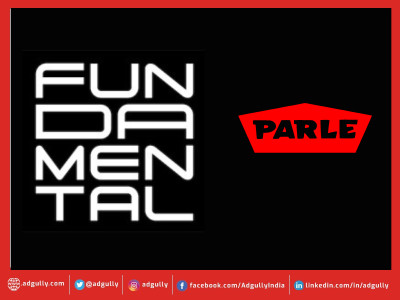
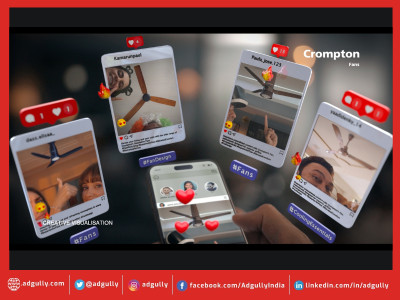
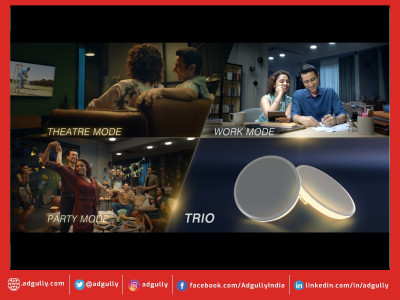
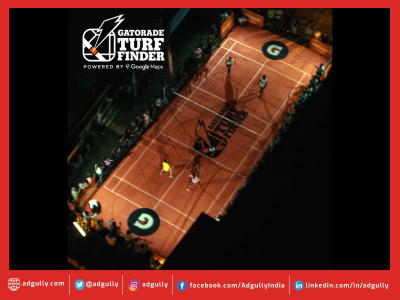


Share
Facebook
YouTube
Tweet
Twitter
LinkedIn